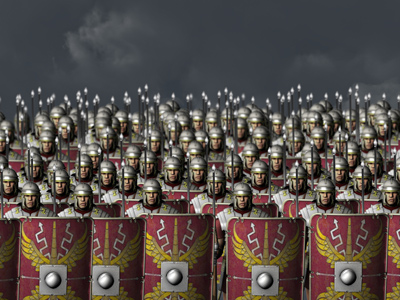
World War One Aftermath: League Of Nations: 1930s - The Abyssinia Crisis Of 1935-1936
This World History quiz is called 'World War One Aftermath: League Of Nations: 1930s - The Abyssinia Crisis Of 1935-1936' and it has been written by teachers to help you if you are studying the subject at senior high school. Playing educational quizzes is one of the most efficienct ways to learn if you are in the 11th or 12th grade - aged 16 to 18.
It costs only $12.50 per month to play this quiz and over 3,500 others that help you with your school work. You can subscribe on the page at Join Us
Mussolini's Italy had long coveted Abyssinia, and in 1935 Italian forces invaded the territory, bringing about the Abyssinia Crisis. Italy had been badly affected by the international depression, and Mussolini was keen to take his people's minds off their economic woes.
Ready for more?
not all...
quizzers. Try to win a coveted spot on our Hall of Fame Page.







